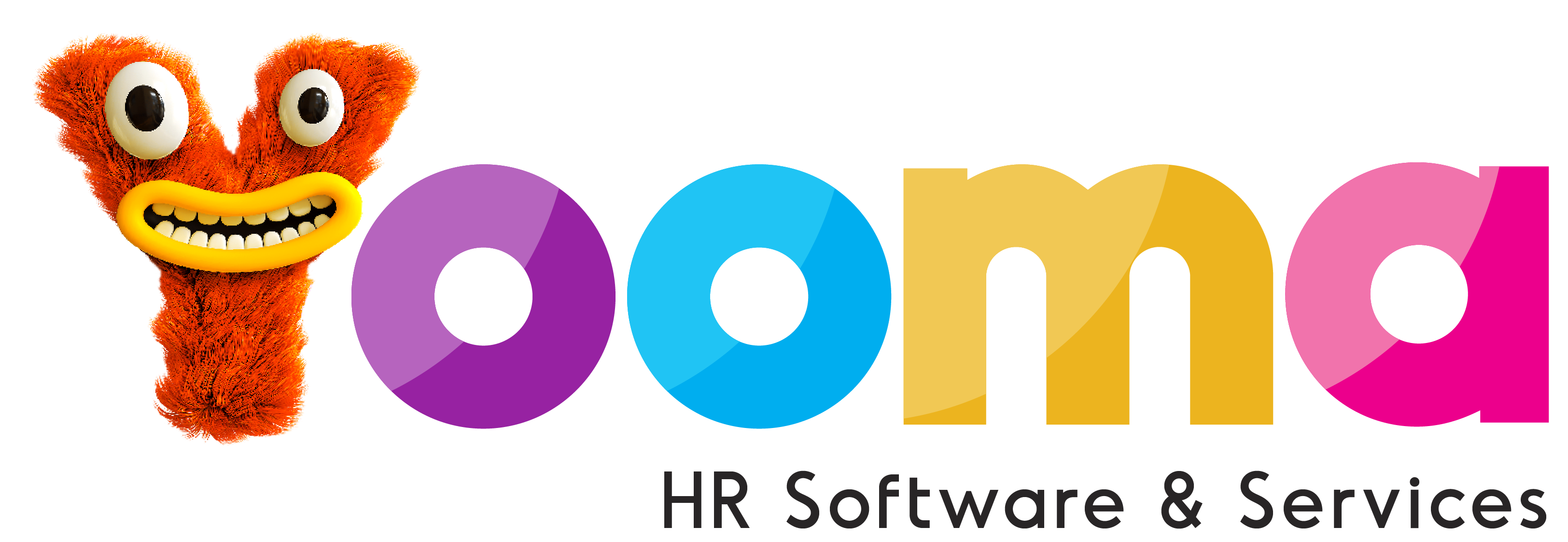Top Three HR Technology Trends To Help You Retain Employees In 2023
This post was written by Dylan Kohlstadt

PwC reports that 58% of companies use HR technology to find and retain employees. In fact, Market Research Future predicts that the HR software market will be valued at around $35.13 billion by the end of 2030. HR technology can offer incredible value, and it could also address a rising challenge faced by HR departments and companies today.
The challenge? Employee retention. Legal Jobs reports that 31% of employees quit their jobs within the first six months. It’s encouraging that 87% of HR experts consider higher retention a top priority, but it’s still not an easy problem to fix.
That’s where technology comes in. The following technology trends for 2023 show us how some HR departments are already using technology to increase their employee retention rate.
Three Technology Trends Set To Impact HR In 2023
Industry analyst Josh Bersin commented on the current state of technology in HR and covered the challenge of employee retention, which he called an “urgent issue”. Companies must act fast if they plan to invest in technology to combat this issue.
Here are several HR technology trends we expect to see in 2023:
Artificial Intelligence For Recruitment And Retention
After COVID-19, many HR departments needed help finding qualified workers for crucial positions, forcing them to take a new approach to recruitment, optimising their brand and actively applying for candidates instead of vice versa, dubbed “reverse recruitment”.
Technology, such as artificial intelligence (AI) tools, can help HR departments find the best candidates. AI assists by scheduling interviews, automating background checks, streamlining communication, and automating resume screening; 52% of talent acquisition leaders admit that screening candidates from a large applicant pool are the most challenging part of recruitment.
In addition, AI helps to increase employee retention. AI and machine learning can detect patterns in employee behaviour and performance, alerting the HR manager to issues or employee needs (i.e. lack of attendance or burnout) before it’s too late to fix.
AI also enables more flexibility for employees. For example, HR software that handles leave requests can minimise the back-and-forth (and frustration) when an employee requests leave, and their boss is unreachable by email or phone.
Learning Integration To Upskill Employees
Encouraging data from Gartner shows us that more than 60% of CEOs plan to prioritise integrating learning into employees’ workflows. This comes on the heels of employees wanting career development; Work Institute states that lack of career development is why employees leave their jobs.
HR managers need to consider learning integration to lower their employee retention rate. The Minerva Project sets a good example. Their Forum platform offers virtual learning capabilities and modalities to cater to various learning styles.
The statistics prove that employees don’t want stagnant careers. You benefit them and your company by supporting their growth with technologies enabling them to learn consistently on the job.
Technology To Support Remote Working
Employees today want more out of their careers. They want fulfilment and self-realisation, an excellent work-life balance, and they aren’t afraid to leave a company that doesn’t support them – whether that’s refusing to allow them to work from home or leaving them at the mercy of demanding clients.
Gallup reports that 51% of employees claim they’d change jobs for one that offered flexible working. To increase employee retention, CEOs and HR managers need to listen to their employee’s needs and offer flexibility to accommodate them.
The traditional in-office, 8-5 work week doesn’t have to stay. Many employees want the freedom to manage their time and workload, not adhere to strict working hours and mandatory office attendance.
However, for HR departments to be flexible, they need the right technology to ensure that communication and productivity are maintained while employees work remotely. Cloud-based technology, for example, allows employees to access, share, and sync data from wherever they are. Investing in Cloud-based tools and project management technology (for example, ClickUp and Slack) is worthwhile to keep your business operating successfully while remote.
Employees’ needs and demands are changing, businesses are changing how they operate, and new technologies are entering the marketplace. HR departments have a huge responsibility to support their companies and employees.
Embrace these technology trends to help your HR department and business thrive in 2023.
View our Latest Blog Posts

Mastering the Hybrid Work Model: How Yooma Streamlines Team Management

Preparing for the Future: Upskilling and Reskilling Your Workforce

What Does Staff Wellbeing Really Mean?

Unlocking Employee Potential with Yooma’s New Performance Management Module

Automate Your Way to Success: The Benefits of HR/Payroll Automation with Yooma

Navigating South Africa’s 2024 Budget Changes: The Impact on Minimum Wage and Tax Brackets

Making the Switch: Smooth Transition to a New HR and Payroll Software

Enhancing Employee Engagement Through HR and Payroll Software

Mastering Labour Law Compliance: Elevating South African Companies with HR & Payroll Software


